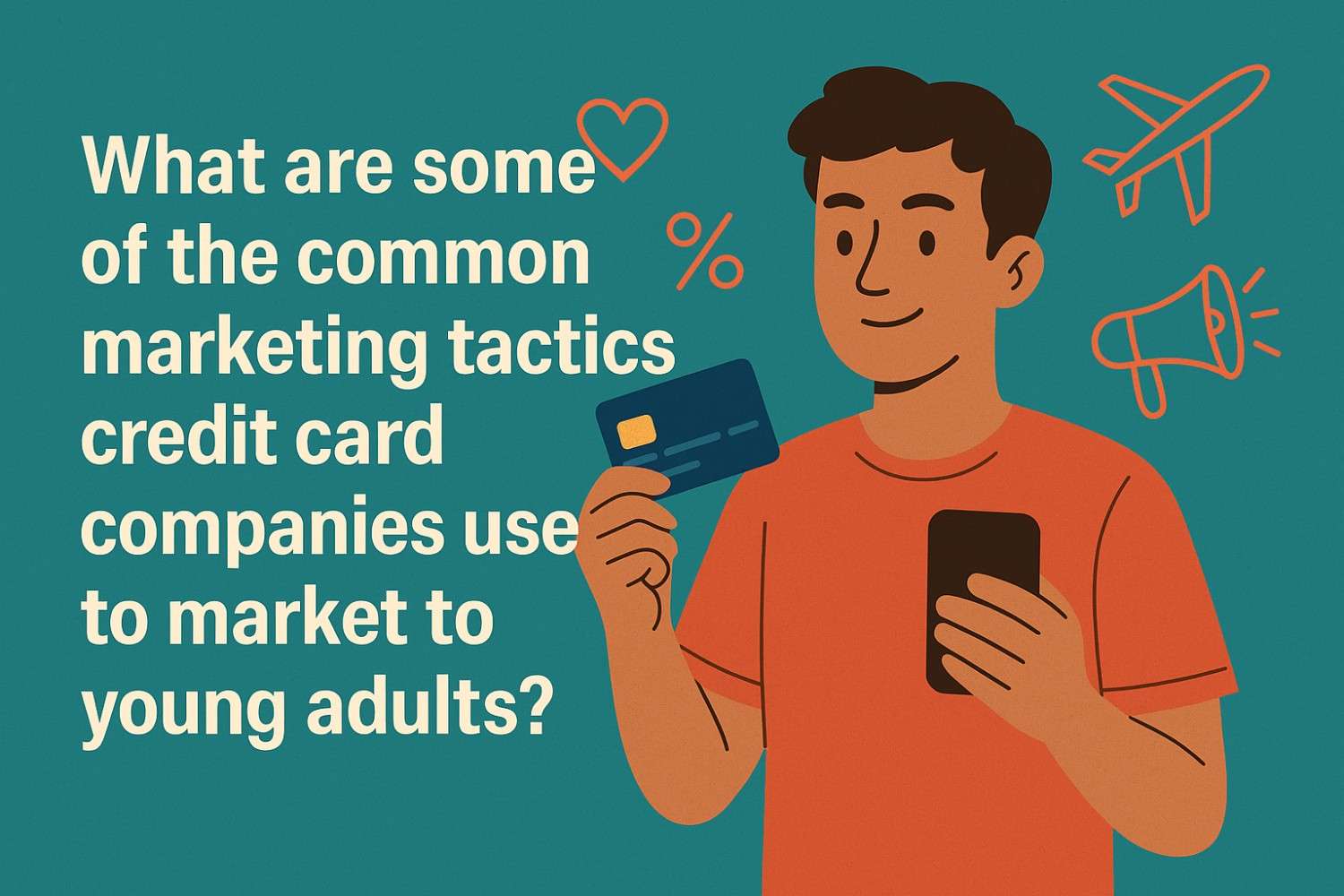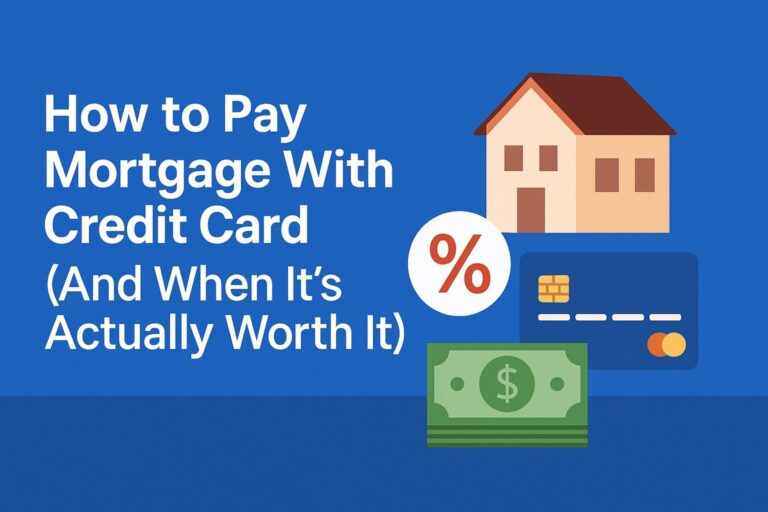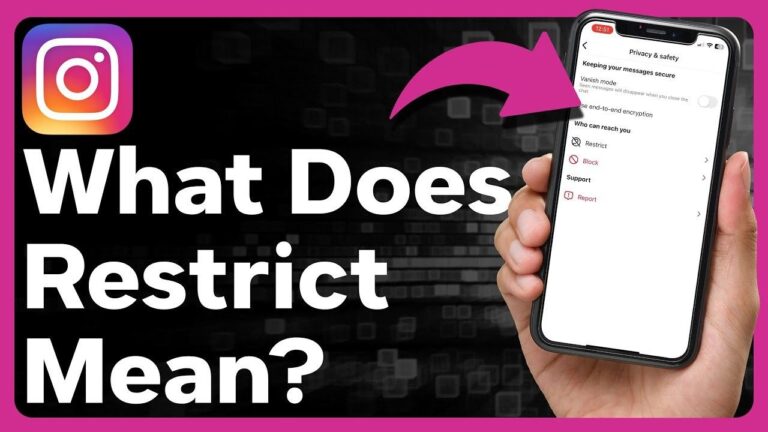If you’re asking “what are some of the common marketing tactics credit card companies use to market to young adults?”, you’re not alone. In my first semester off campus, my feed filled with glossy “student-friendly” card ads, 0% APR promises, and referral links from friends. Smart marketing can make plastic look like a shortcut to independence, travel, and credit scores. Some offers are legitimately helpful. Others rely on urgency, FOMO, or jargon. Let’s break down the playbook—clearly and factually—so you can choose on your terms.
How do banks reach students and recent grads in the first place?
Credit card issuers still lean on school-connected channels, but with tighter rules. After the Credit CARD Act, colleges must publicly disclose agreements with card issuers used for marketing financial products to students, which limits undisclosed campus deals and pushes more transparency. You’ll still see cobranded “student” accounts or cards promoted through university channels, but with contracts on record.
Outside campus, companies use prescreened (a.k.a. “firm”) offers—mailers or emails you get because your data met certain criteria at a credit bureau. The offers are legal and common, and you can opt out at OptOutPrescreen if you want fewer solicitations.

What messaging hooks work on young adults?
Intro APRs and big sign-up bonuses. Zero percent intro APR for purchases or balance transfers, plus a few thousand points for spending in the first months, are headliners because they’re easy to understand and feel like “free money.” Research from the Boston Fed shows how promos influence behavior (including “card flipping” to extend low-rate periods), which is exactly why marketers highlight them. Guides from major publishers explain the mechanics and pitfalls (like deferred interest after a missed payment).
Lifestyle framing and category rewards. Ads showcase travel, coffee runs, streaming, and rideshares—then pair those scenes with 3%–5% category rewards to feel hyper-relevant to a student budget. Entry cards often waive annual fees, pitch simple cash back, and position the card as a “starter” you can keep to lengthen credit history.
Influencers and social feeds. Issuers now collaborate with creators on TikTok/Instagram/YouTube to translate card features into “day-in-the-life” content. The line between ad and advice can blur, which is why disclosures matter and why this channel is popular for reaching first-time cardholders.
Which acquisition tactics should you expect to see?
Prescreened mail and email. Targeted lists from bureaus fuel those “you’re preselected” envelopes. They’re not approvals—just invitations based on criteria. You can opt out for five years or permanently (via mail-in) if you’d rather not receive them.
Campus-adjacent promotions (with disclosures). Even with stricter campus rules, you’ll see partnerships around student banking and prepaid/credit products; the CFPB tracks these arrangements annually. Expect cobranded materials at student centers, orientations, or university email blasts—with contracts disclosable to the public.
Referral programs. Friends share links because both of you may get a bonus. It’s word-of-mouth amplified by small rewards—simple, scalable, and very Gen Z.
Content marketing. “Credit 101” articles, calculators, and student card explainers build trust and search visibility, then funnel you toward specific products. Large personal-finance publishers and issuers both use this play.

How can you evaluate student and starter cards like a pro?
Check the “gotchas” on 0% APRs. Miss one payment and the promo can end; balance transfer fees can negate savings; the regular APR will kick in after the intro period. Read the Schumer box and set auto-pay to protect the deal.
Weigh rewards vs. fees and your real spending. If you spend mostly on groceries, dining, and transit, favor cards that reward those categories with no annual fee. If you don’t travel yet, don’t chase travel points. NerdWallet and Investopedia’s student-card explainers outline starter features and realistic expectations for first-time credit users.
Decide how much marketing you want. If prescreened offers clutter your mailbox, opt out. If you prefer seeing options on your terms, search comparison guides or your bank’s site instead of reacting to ads.

Frequently Asked Questions
1. What are some of the common marketing tactics credit card companies use to market to young adults?
The big four are intro 0% APRs and sign-up bonuses, lifestyle-based rewards (coffee, rides, streaming), creator/influencer campaigns across social platforms, and prescreened mailers. On campus, you’ll also see disclosed partnerships and cobranded promotions. All are designed to make the first card feel easy and tailored.
2. Are prescreened offers legit—and am I already approved?
They’re legitimate “firm offers of credit,” but you still have to apply and meet full underwriting. Think of them as targeted invitations, not guaranteed approvals. If you dislike the mailers, opt out online or by phone.
3. Do 0% APR cards actually save me money?
Yes—if you pay on time and clear the balance before the promo ends. Miss a payment or carry the balance past the intro period and you could pay a high regular APR or incur fees. Read the terms and schedule payments the day you open the card.
4. How do campus rules protect students from aggressive marketing?
Colleges must publicly disclose marketing agreements for credit cards and related products, which curbs undisclosed deals and helps oversight. You can review those agreements through school sites or CFPB reporting.
So, should you say yes to that shiny “student” card?
Here’s my honest take. Use the marketing to your advantage—but don’t let it steer you. Shortlist three cards that match your actual budget (food, transit, books, subscriptions), pick the one with no annual fee, straightforward rewards, and a reasonable path to a better card in a year or two.
If a 0% intro APR fits a specific plan—like smoothing a laptop purchase—treat it like a calendar event with automatic payments and a payoff date. And if you’re still weighing “what are some of the common marketing tactics credit card companies use to market to young adults?”, remember: the tactic isn’t the problem—misalignment is. Choose the card that matches your life, not your feed.








